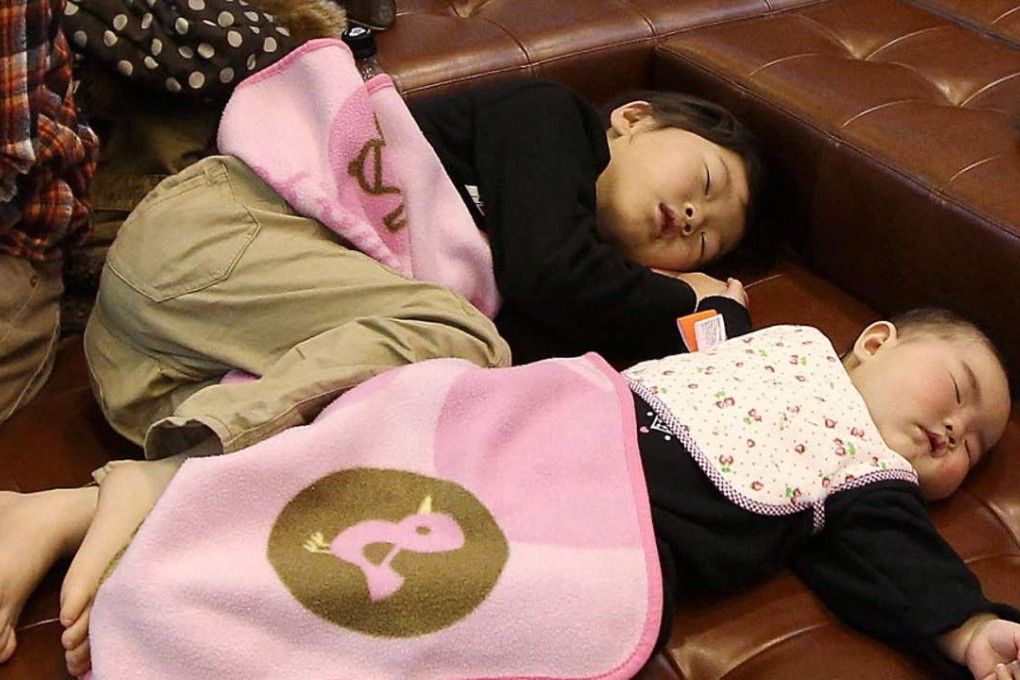Japanese city offers cash incentives to women to have more babies
Urayasu to pick up tab for fertility treatment for would-be mums aged between 24 and 35

As Japan’s birthrate declines, a Tokyo suburb is unrolling a new perquisite to encourage more women to have babies. Over the next three years, the city of Urayasu will help cover the cost of egg freezing, a fertility treatment that has recently gained traction in the United States.
A university hospital will run the project, according to the Associated Press. Eligible women, 24 to 35, would still have to pay 20 per cent of the expense, which could reach the equivalent of US$2,000. So far, a dozen women have accepted the city’s offer.
Egg freezing is billed as a way to stop the biological clock – but it is not that simple. Although doctors are generally confident that egg freezing can increase a woman’s chances of pregnancy above a certain age, the very pricey process is far from guaranteed to produce a baby. Whether it is capable of replenishing a city’s population is highly uncertain.
Doctors say fertility sharply declines for women as they approach 40. The finite supply of eggs set at birth has considerably depleted, and those remaining weaken with time, becoming less optimal for pregnancy.
Fertility specialists recommend egg freezing to women who have reached at least age 30, want children and have not met a compatible partner (or do not have the financial means to find a sperm donor and raise a kid on their own).